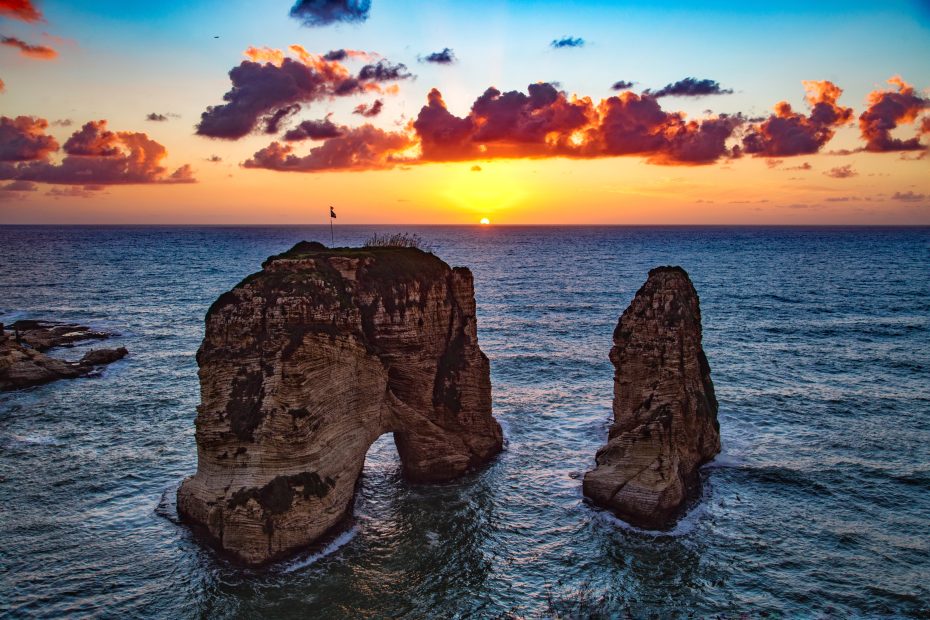Table of Contents
Introduction to Lebanon’s Cedar Forests
The cedar forests of Lebanon are some of the most captivating natural wonders of the Middle East. Known for their magnificent cedar trees, these forests have an almost mystical quality about them. Their natural splendor has inspired countless legends, stories, poems, paintings, and references throughout history. Today, they continue to be a source of national pride and cultural identity for Lebanon.
History and Significance of the Cedars of Lebanon
Ancient References
The cedars of Lebanon are mentioned several times in ancient texts like the Epic of Gilgamesh, the Bible, and Quran. They were prized by ancient civilizations for their durable and fragrant wood that was perfect for building ships, temples, and palaces. The Egyptians, Phoenicians, Assyrians, and Romans all revered the cedars and used them extensively.
Religious Significance
In Judaism, Christianity, and Islam, the cedars of Lebanon took on sacred meanings. According to the Old Testament, King Solomon used cedars from Lebanon to build the First Temple in Jerusalem. The trees were seen as a symbol of nobility, wisdom, and eternity. Lebanon itself is described in the scriptures as the “land of milk and honey.”
Description of the Cedar Forests
Location and Geography
The cedar forests are located on the slopes of Lebanon’s Mount Lebanon range. They grow at altitudes between 1,400 and 3,000 meters where the Mediterranean climate is cool and wet—ideal conditions for the cedars. The northernmost cedar forests are at Tannourine Nature Reserve, while the densest groves are at the Cedars of God and Chouf Cedar Reserves.
Flora and Fauna
Aside from the mighty cedars, these forests also contain many other tree species like juniper, fir, and oak. Under the forest canopy, flowers like rockroses, cyclamens, and wild tulips bloom. Familiar forest fauna such as squirrels, foxes, wolves, and hyraxes also inhabit the cedar groves. A number of endangered species take refuge here.
Majestic Cedar Trees
The stars of Lebanon’s forests are undoubtedly the cedar trees. Growing up to 40 meters tall, these evergreen conifers have massive trunks that can exceed 3 meters in diameter. Their spreading boughs give them a distinct flat-topped shape. The cedars’ woody scent perfumes the mountain air.
Threats and Conservation
Deforestation
Sadly, centuries of deforestation have ravaged Lebanon’s cedar forests. Beginning in ancient times, extensive logging occurred to supply wood for construction and shipbuilding. More recent wars, quarrying, overgrazing, and climate change have all contributed to the cedar’s decline. From 130,000 hectares historically, the forests have now dwindled to just 13,000 hectares.
Conservation Efforts
In response to the rapid deforestation, conservation efforts began in the late 19th century under Ottoman rule. The Lebanese government and NGOs are now actively protecting the remaining groves through reforestation projects and nature reserves. Eco-tourism is also encouraged to give local communities an incentive to preserve the forests.
Tourism and Recreation
Hiking Trails
An extensive network of hiking trails allows visitors to experience the cedar forests up close. Guided nature walks and mountain treks immerse you in the sights, sounds, and smells of the cedars. Trails winding through the Tannourine, Arz el-Rab, and Chouf Cedar Reserves offer stunning cedar scenery.
Ski Slopes and Resorts
In winter, skiers and snowboarders flock to the high-altitude cedar forests around the towns of Faraya and Mzaar. These world-class ski resorts on Mt. Makmal feature pistes that zigzag through the cedars. Nothing beats the experience of schussing under the boughs of ancient cedars!
Impact on Lebanese Culture
National Pride
The cedars of Lebanon have become powerful national symbols closely tied to Lebanese identity. They appear on the national flag and coat of arms as icons of endurance and resilience. For the Lebanese people, the cedar forests represent their country’s singular beauty and rich history.
Arts and Literature
Lebanese poetry, folk songs, literature, and visual arts all extol the ethereal beauty of the cedar forests. Contemporary artists and writers continue to find inspiration in Lebanon’s beloved cedars which symbolize the nation’s spirit.
Conclusion
The cedar forests of Lebanon have captivated people for millennia with their grandeur, history, and natural splendor. Despite deforestation, they remain at the heart of Lebanon’s culture and heritage. Concerted conservation efforts are helping preserve these ancient forests for future generations to enjoy. Their magical beauty is sure to inspire for centuries to come.
FAQs
What is unique about Lebanon’s cedar trees?
Lebanon’s cedar trees are unique in their majestic size, fragrant scent, and cultural significance dating back thousands of years. They are a national symbol closely tied to Lebanese identity.
Where are the cedar forests located?
The cedar forests grow on the slopes of Lebanon’s Mount Lebanon range between altitudes of 1,400-3,000 meters, with the largest groves found in the Tannourine, Cedars of God, and Chouf Cedar Nature Reserves.
Why are the cedar forests shrinking?
Centuries of extensive logging, quarrying, overgrazing, wars, and climate change have all contributed to deforestation of the cedar forests. The total area has shrunk from 130,000 hectares historically to just 13,000 hectares today.
What conservation efforts are underway?
The Lebanese government and conservation groups are carrying out reforestation projects, designating protected areas, and encouraging eco-tourism to help preserve the cedar forests.
How are the cedars of Lebanon culturally significant?
The cedars have been revered for millennia, mentioned in ancient texts, used to build sacred sites, and they remain national symbols of Lebanon. Lebanese arts and literature celebrate the cedar forests.
